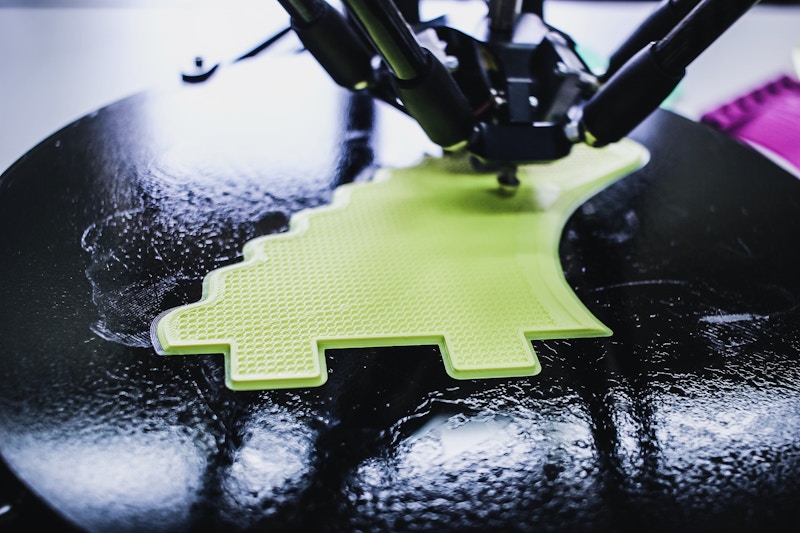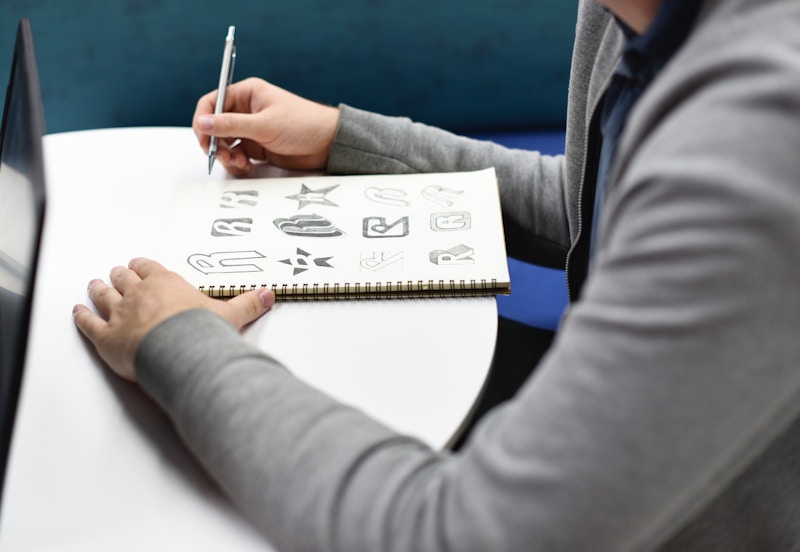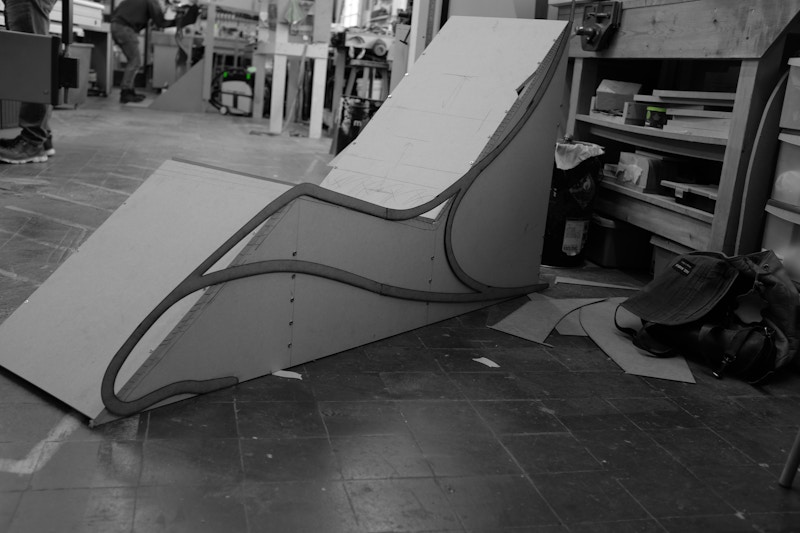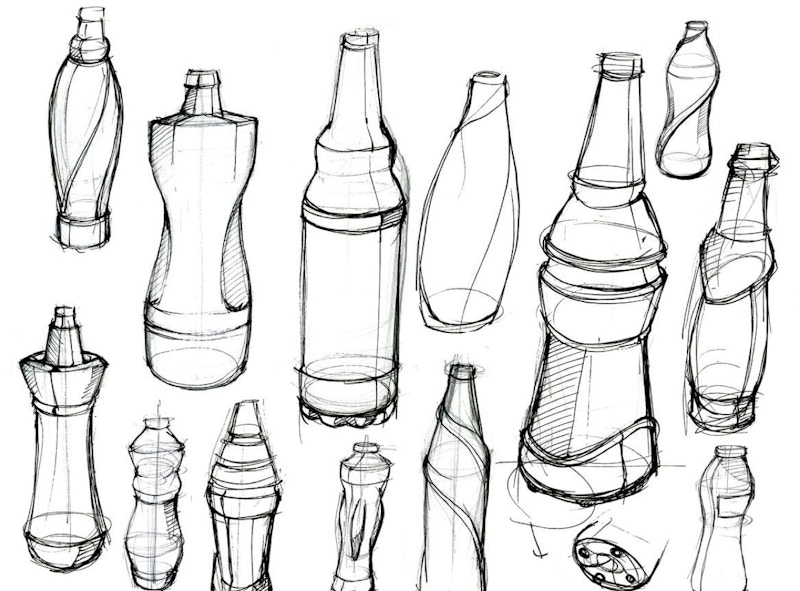1. Concept Prototyping
Concept Prototyping is considered the preliminary stage of your design process – it is quick, inexpensive, expressive and simple. The aim is to give you the designer, the ability to communicate your idea. To reveal the most basic form, function, story or design requirements – with yourself, as well as your team or audience. It is important to remain vigilant at this stage of the process, as mistakes can be made if the process is rushed. Most design graduates I meet have great drafting skills and can make anything look good! There is, however, a theory that suggests that being too good at drawing hinders the designer as they can either stick too closely to reality or go too far into fiction.
Oki Sato, the founder of Nendo, believes that the story is the most important part of the concept stage. A drawing too complicated detracts from the story that he is trying to communicate to his team or client. Personally, even though my drawing is pretty poor, I see a middle ground, a place for both. I find my designs change rapidly by badly drawing, as something new is found in the form I mistakenly drew.However if a client of mine saw it, they almost certainly won’t see in it what I do. An example of a concept stage could be a storyboard for a novel done in quick cartoons, or a simple line drawing of the initial idea behind a product.



